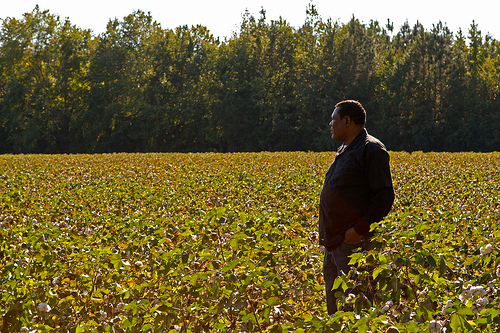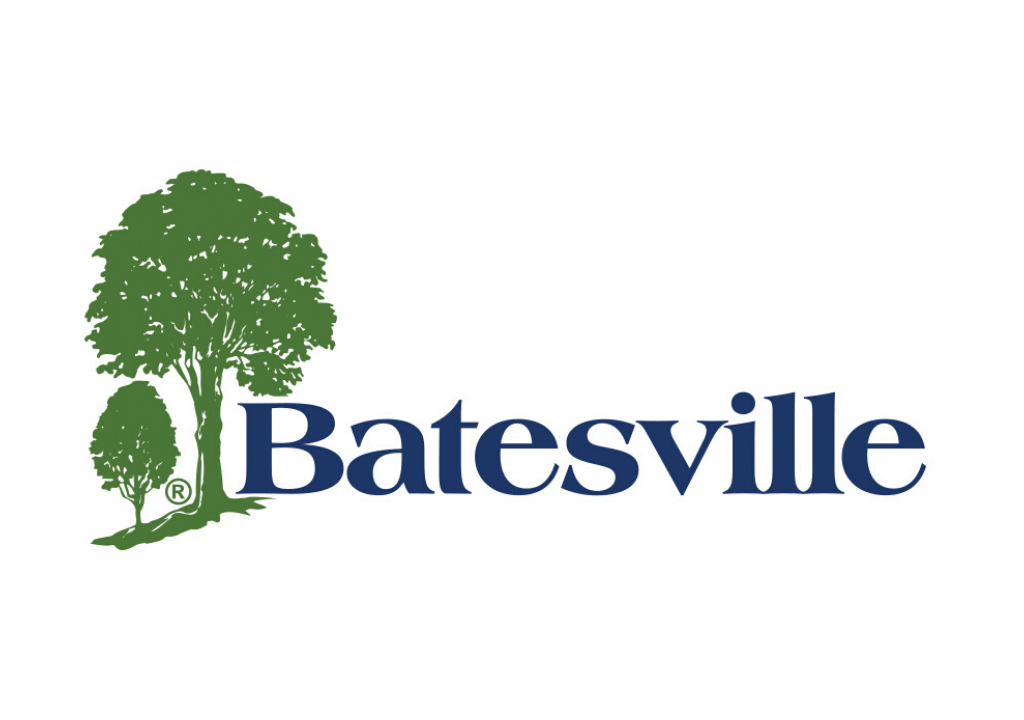PBS To Debut “Homegoings,” A Documentary About African American Funeral
A thumbnail biographical sketch of Isaiah Owens might sound a little odd: A South Carolina boy obsessed with funerals grows up to be a renowned funeral director in New York City’s historic Harlem neighborhood. The bigger picture, as captured inHomegoings, shows an exceptionally warm-hearted, philosophical man who pursues his business with equal care for the living and for the dead. He combines instinctive sympathy for those who grieve with a deep knowledge of African-American funeral customs that aim to turn sorrow into an affirmation of faith that loved ones are going “home.” Paradoxically, Owens’ success reveals that this precious tradition, formed in a time of rigid segregation, is disappearing. Homegoings is the portrait of man with a rare passion and of the inspired, if threatened, African-American way of death.
Isaiah Owens is the quintessential self-made man. The son of a sharecropper, he grew up among people who made their living picking cotton. When a loved one died, he says, relatives “would sign a promissory note that when the cotton is ready this year, that they would come back and pay. The black funeral director wound up being a friend, somebody in the community that was stable, appeared to have means.”
But neither Owens nor his mother, Willie Mae, who today works as a receptionist at his other funeral parlor in Branchville, S.C., can completely account for the Owens’ fascination with burials, even as a boy. When Owens was five, he buried a matchstick and put flowers on top of the soil. After that he progressed to burying “frogs . . . chickens; I buried the mule that died. I buried the neighbor’s dog, and the dog’s name was Snowball.” Willie Mae says with a smile, “Anything that he find dead, he buried. Can’t even think where he got it from. . . . But that was his calling.”
Watch Homegoings – Trailer on PBS. See more from POV.
In 1968, this calling took 17-year-old Owens to New York City, where he learned his craft. A few years later, he opened what would become one of Harlem’s most popular funeral homes, with a largely Baptist clientele. Today, Owens’ wife, Lillie, works with him, but Owens remains the most constant presence. When he is dressing and beautifying the dead, he shows a dedication to craft and attention to detail that exemplifies Owens Funeral Home’s motto: “Where Beauty Softens Your Grief.” When talking with bereaved families, he is entirely focused on the members’ individual needs. (He seems to remember the name of everyone he’s ever buried, including Snowball.)
Homegoings introduces some of Owens’ customers, who express a mix of grief, humor and celebration. Linda “Redd” Williams-Miller, for instance, jovially plans her own funeral down to the last detail, including the exact shade of her namesake color to be used for her nails and hair. The children of Queen Petra are unsure how to honor their mother’s multicultural legacy, until Owens suggests there’s no reason they can’t have a parade, led by a white horse and carriage, down the very block where their mother was a street vendor. Owens commiserates with Walter Simons, whose grandmother’s passing turns into a double funeral when his grandfather dies just two days later. They share the sorrow and joy in knowing that two people could be so connected by love.
Williams-Miller describes the African-American funeral this way: “Homegoing. A happy occasion. . . . going home to be at peace. . . . You’re going home to meet the ones that went on before you and they’re there waiting for you.” Throughout Homegoings, Owens relates the culture and history of death and mourning in the black community, harkening back to slavery and segregation. He explains that “when the slaves were killed . . . it wasn’t a proper funeral, but they kind of did their best. . . . When they got down in the woods, away from the slave masters . . . they came up with songs like ‘Soon I will be done with the troubles of the world, going home to live with my God.'” He recalls that when he was growing up in the South, the funeral director was a lifeline for the community: “Whenever somebody got sick, they would call Mr. Bird at the funeral home, and then he would ride out in the country to tell my mother, ‘Such and such one is real sick in Philadelphia,’ and . . . ‘your sister called.'”
Owens recalls more recent history, too, from an era when Harlem was full of mom-and-pop funeral homes, each with a loyal clientele, “but since ’68 I probably could count at least 20 or 25 funeral homes that have gone out of business.” He also notes another trend: In the 1980s many of the departed were victims of violence or AIDS, whereas today people are dying of heart problems or stroke. Owens routinely receives invitations to sell his establishment to bigger companies, but he always turns them down. “I’m trying to create a business that could take care of my family for maybe the next hundred, 200 years,” he explains. In doing so, he is also carrying forward a legacy–dating back more than a century–of the black funeral director as a pillar of the community.
Homegoings is a moving portrait of a man and a people–and of the faith, hope and history that sustain them in the face of death.
[Source: http://www.pbs.org/pov/homegoings/]




